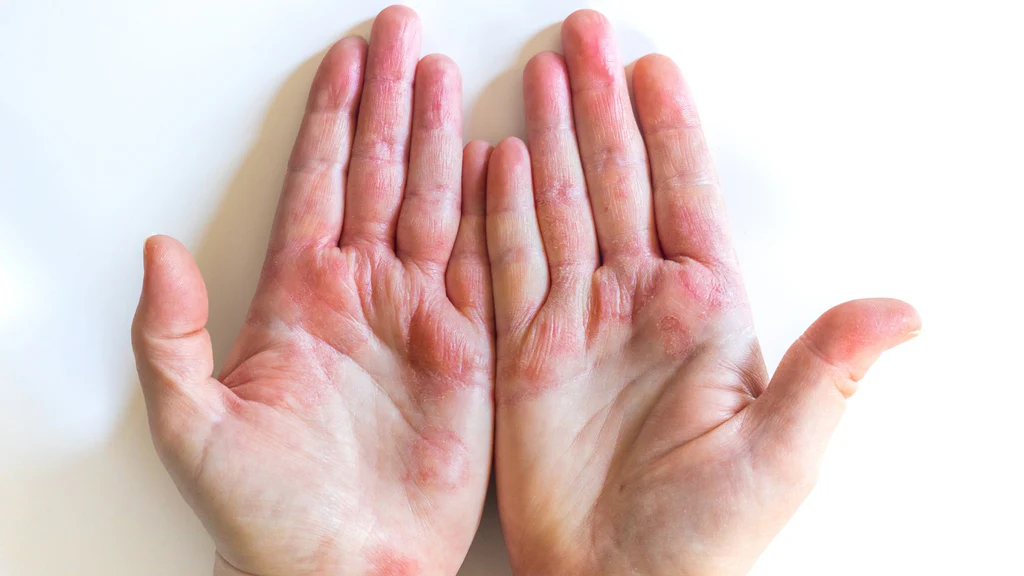Fiberglass, a material made from fine glass fibers, is widely used in construction, insulation, and other industries. Despite its usefulness, it can be extremely irritating when it comes into contact with skin. The microscopic shards of glass can penetrate the skin, causing itching, redness, and discomfort.
Removing fiberglass from the skin can be a delicate process, as improper techniques can lead to further irritation or even infection. Fortunately, there are safe and effective methods to get rid of fiberglass from your skin without causing more harm.
Understanding the Risks of Fiberglass Exposure
Before diving into the removal techniques, it’s important to understand what makes fiberglass so problematic. When the tiny glass fibers come into contact with your skin, they can embed themselves into the surface layers, causing inflammation and irritation. Even though the fibers are microscopic, they can feel like sharp splinters under the skin, resulting in a prickly sensation.
Some of the common symptoms of fiberglass exposure include:
- Itching or burning sensation
- Redness or rash
- Dryness or peeling skin
- Tiny glass-like particles visible on the skin surface
If left untreated, the discomfort can intensify, and in some cases, an infection may occur. It’s crucial to act quickly but carefully to remove the fiberglass before the irritation worsens.
First Steps: What to Do Immediately After Exposure
When you first notice fiberglass on your skin, it’s essential to avoid scratching or rubbing the area. Doing so can push the fibers deeper into your skin, making them harder to remove and exacerbating the irritation.
Instead, follow these initial steps:
- Stop working and move away from the source: If you’re in a fiberglass-laden environment, move to a clean area immediately to avoid further exposure.
- Wear protective gloves: If you have any on hand, wear gloves before attempting to touch the fiberglass-contaminated areas. This will prevent spreading fibers to other parts of your skin.
Now, let’s dive into the detailed process of removing fiberglass safely.
How to Remove Fiberglass From Skin
There are several effective methods to remove fiberglass from your skin, depending on the severity of exposure and the materials you have available.
Method 1: Washing With Cold Water and Soap
One of the simplest and most effective ways to get fiberglass out of your skin is by thoroughly washing the affected area. However, the key to success here is the use of cold water.
- Use cold water: Rinse the skin with cold water first. Cold water helps close the pores, preventing the fiberglass from penetrating deeper into your skin.
- Lather with soap: After rinsing, use a mild soap to create a rich lather on the skin. Rub gently in circular motions to loosen the fibers.
- Rinse with cold water again: After washing with soap, rinse thoroughly with cold water to remove the fibers and soap residue.
Avoid using hot water at this stage, as it can open up your pores and cause the fibers to embed even further into your skin, making them harder to remove.
Method 2: Using Adhesive Tape for Stubborn Fibers
If washing your skin doesn’t remove all the fiberglass particles, using adhesive tape can be a highly effective way to pull out any remaining fibers.
- Choose a strong adhesive tape: Duct tape or packing tape works best for this method.
- Apply tape to the skin: Carefully place the tape over the affected area. Make sure to press it down lightly so that it adheres to the fibers.
- Peel off the tape: Slowly peel the tape away from the skin. The fiberglass fibers should come off with the tape.
- Repeat as necessary: You can repeat this process a few times to ensure all fibers have been removed.
This method is particularly useful for small, hard-to-see fiberglass particles that may have been missed during washing.
Method 3: Tweezers for Larger Fibers
In some cases, you may be able to see larger fibers sticking out of the skin. For these, a pair of sterilized tweezers can help remove them.
- Sterilize the tweezers: Before using the tweezers, sterilize them with alcohol or boiling water to prevent infection.
- Gently pull out the fibers: Carefully grab the visible fibers and pull them out in the direction they entered the skin to avoid breaking them.
Only use tweezers if you can clearly see the fibers. Attempting to dig around blindly with tweezers can cause further skin irritation and may introduce bacteria into the area.
Method 4: Applying a Warm Compress for Deep Fibers
For deeply embedded fiberglass that won’t come out with washing or tape, a warm compress may help loosen the fibers and encourage them to surface.
- Apply a warm compress: Soak a clean cloth in warm water (not hot) and apply it to the affected area for about 10-15 minutes.
- Follow up with soap and water: After using the compress, wash the area again with soap and cold water to remove any loosened fibers.
This method works by softening the skin and drawing deeper fibers closer to the surface.
Method 5: Applying Lotion or Baby Powder
In cases where the fiberglass causes severe itching or irritation, applying a soothing lotion or baby powder can help calm the skin. These products can also help dislodge tiny fibers.
- Use a thick lotion or cream: A thick lotion or even petroleum jelly can help create a barrier between the fiberglass and your skin, preventing further irritation while also loosening the particles.
- Apply baby powder: Baby powder can reduce itching and help absorb oils that might be trapping the fibers in your skin.
After applying these products, you can follow up with the tape method to remove any lingering fibers.
How to Prevent Fiberglass From Getting Stuck in Your Skin
Prevention is the best cure when it comes to fiberglass exposure. If you know you’ll be working with fiberglass or in an environment where it’s present, take these preventative measures to avoid skin contact:
- Wear protective clothing: Cover your arms, legs, and any exposed skin with long sleeves, pants, and gloves.
- Use goggles and masks: Fiberglass can also irritate your eyes and respiratory system, so always wear goggles and a dust mask.
- Change clothes immediately: After working with fiberglass, change your clothes as soon as possible to prevent fibers from transferring to other areas of your skin.
When to Seek Medical Attention
While most cases of fiberglass exposure can be managed at home, there are situations where you should seek medical attention. If the irritation persists, or you notice any signs of infection (such as redness, swelling, pus, or fever), it’s best to consult a healthcare professional. Additionally, if you experience difficulty breathing after fiberglass exposure, seek emergency care immediately, as this may indicate inhalation of fibers.
How to Get Fiberglass Out of Skin
Getting fiberglass out of your skin quickly and safely requires patience and the right techniques. Begin by washing the affected area with cold water and soap to remove most of the fibers. For stubborn particles, adhesive tape or tweezers can help pull them out. In cases of deep fiberglass exposure, warm compresses and soothing lotions can provide relief and help loosen the fibers. Always avoid scratching or rubbing the affected area, as this can worsen the irritation.
FAQs
1. Can fiberglass work its way out of your skin naturally?
Ans – In some cases, fiberglass particles may work their way out naturally as the skin sheds, but it’s best to remove them as soon as possible to avoid prolonged irritation.
2. Does vinegar help remove fiberglass from skin?
Ans – Vinegar is sometimes recommended as a remedy for fiberglass exposure because it helps neutralize itching. However, it’s not as effective at removing the fibers themselves.
3. Should I use hot water to wash fiberglass off my skin?
Ans – No, hot water can open up your pores and cause the fiberglass to penetrate deeper into the skin. Always use cold water to rinse off fiberglass.
4. Is it dangerous to have fiberglass in your skin?
Ans – While fiberglass in the skin is irritating and uncomfortable, it is not usually dangerous. However, prolonged exposure can increase the risk of infection, so it’s important to remove the fibers promptly.
5. Can fiberglass cause an allergic reaction?
Ans – Fiberglass typically causes mechanical irritation rather than an allergic reaction. However, some individuals with sensitive skin may experience heightened redness and swelling.
6. What should I do if I inhale fiberglass?
Ans – If you believe you’ve inhaled fiberglass and experience coughing, throat irritation, or difficulty breathing, seek medical attention immediately.
Conclusion
Fiberglass exposure can be uncomfortable and irritating, but with the right steps, you can safely remove the fibers from your skin. By staying calm and using cold water, soap, adhesive tape, or tweezers, you can effectively clear your skin of these tiny, sharp particles.
Prevent future exposure by wearing proper protective gear when handling fiberglass materials and always seek medical help if the irritation doesn’t subside or worsens.



